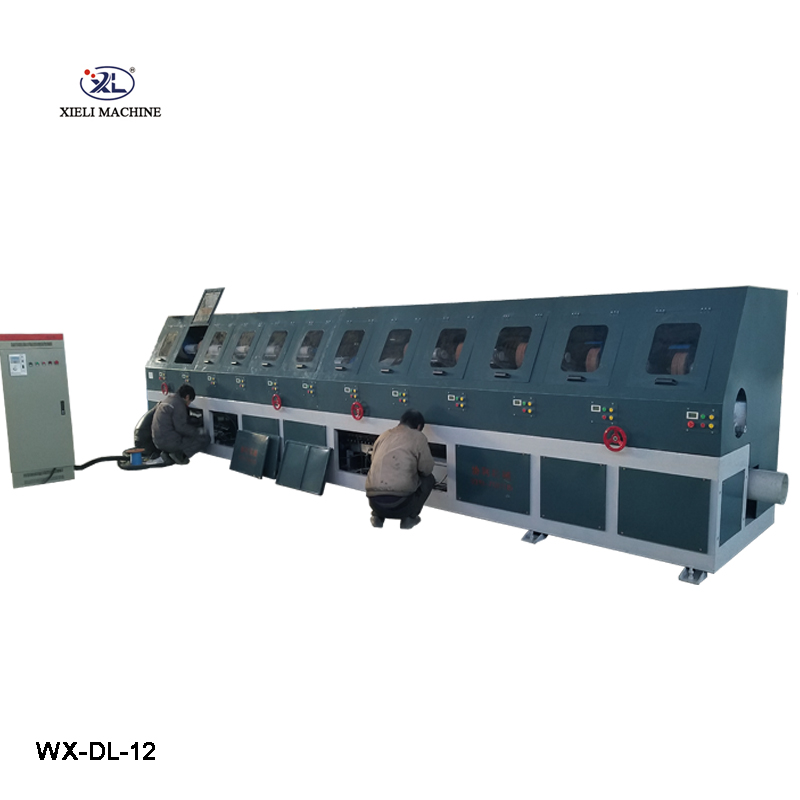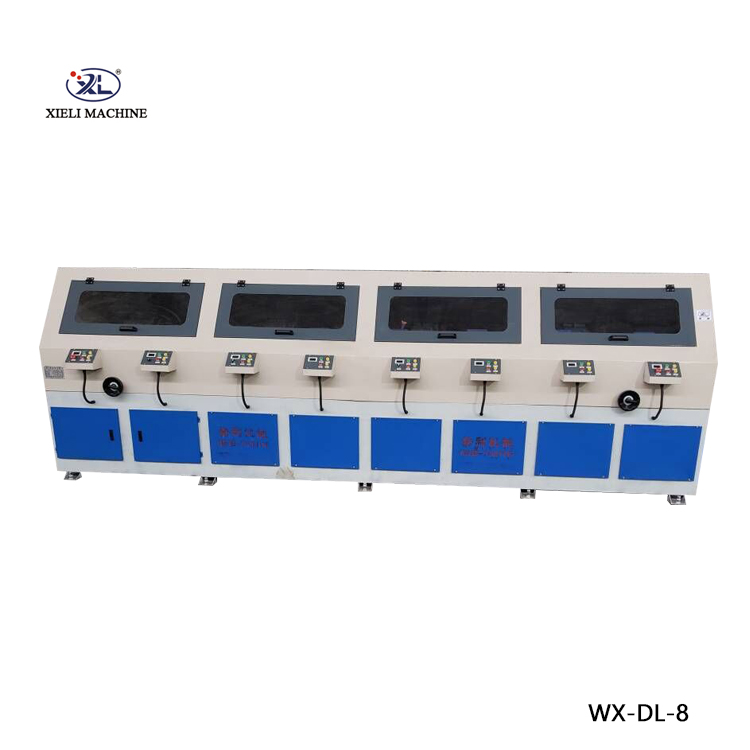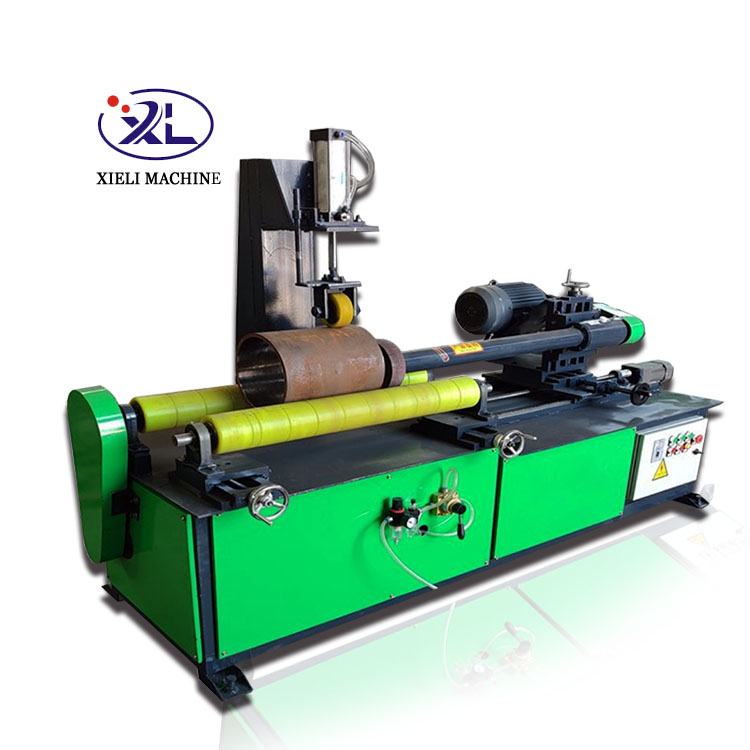The Role of Stainless Steel Plate Polishing Machines in Modern Manufacturing
In the modern manufacturing landscape, the demand for high-quality stainless steel products is ever-increasing. Industries ranging from automotive to aerospace rely on stainless steel for its durability, resistance to corrosion, and aesthetic appeal. One critical process in the production of stainless steel components is the polishing of stainless steel plates. To achieve the desired finish and quality, stainless steel plate polishing machines play a vital role. This article examines the significance of these machines, their functionalities, and the benefits they offer to manufacturers.
Understanding Stainless Steel Plate Polishing Machines
Stainless steel plate polishing machines are specialized equipment designed to enhance the surface finish of stainless steel plates. These machines utilize various polishing techniques, including mechanical polishing, chemical polishing, and abrasive polishing, to remove imperfections and create a smooth, mirror-like finish. Depending on the machine's specifications, it can handle different plate thicknesses and sizes, which makes them versatile tools in stainless steel processing factories.
Importance of Polishing in Manufacturing
Polishing stainless steel plates serves multiple purposes. Firstly, it enhances the aesthetic quality of the product. A polished surface reflects light, giving it a shiny appearance that is often desirable in many applications. Secondly, polishing plays a critical role in ensuring that the product is free of defects such as scratches, weld marks, and corrosion spots. This is particularly important in industries like food processing and medical equipment, where hygiene is paramount. The smooth surface also minimizes the adherence of dirt and contaminants, making cleaning and maintenance easier.
Types of Polishing Machines
There are several types of stainless steel plate polishing machines available in the market today. These include belt polishing machines, roller polishing machines, and disc polishing machines. Belt polishing machines use abrasive belts to grind and polish the surfaces of stainless steel plates, making them ideal for large-scale productions. Roller polishing machines are designed for continuous polishing and can handle longer stainless steel plates with ease. Disc polishing machines are often used for specific applications where precision is needed, allowing for fine finishing and detailing.
stainless steel plate polishing machine factories

Advantages of Using Polishing Machines
Investing in stainless steel plate polishing machines offers numerous advantages for manufacturers. One of the most significant benefits is increased efficiency. Automated polishing machines can process multiple plates simultaneously, drastically reducing production time compared to manual polishing methods. Moreover, these machines can consistently deliver uniform results, ensuring that every product meets stringent quality standards.
Additionally, employing polishing machines helps minimize labor costs. With automation, fewer workers are required to operate the polishing process, allowing skilled labor to focus on more complex tasks that require human intervention. Ultimately, the use of advanced technology in polishing not only improves productivity but also enhances product quality.
Choosing the Right Manufacturer
When selecting a stainless steel plate polishing machine, it is crucial to choose a reputable manufacturer. Factories that specialize in producing these machines should have a proven track record of delivering reliable and high-performance equipment. Prospective buyers should consider factors like machine specifications, after-sales support, and warranty offerings. Collaborating with manufacturers who understand the unique demands of different industries can also provide tailored solutions for specific polishing needs.
Conclusion
In conclusion, stainless steel plate polishing machines are indispensable tools in the manufacturing sector, driving quality, efficiency, and aesthetic appeal in stainless steel products. As industries continue to evolve, the need for sophisticated polishing equipment will likely increase, underscoring the importance of investing in high-quality machinery. By leveraging the capabilities of modern polishing machines, manufacturers can meet market demands and uphold the high standards required in today’s competitive landscape.





